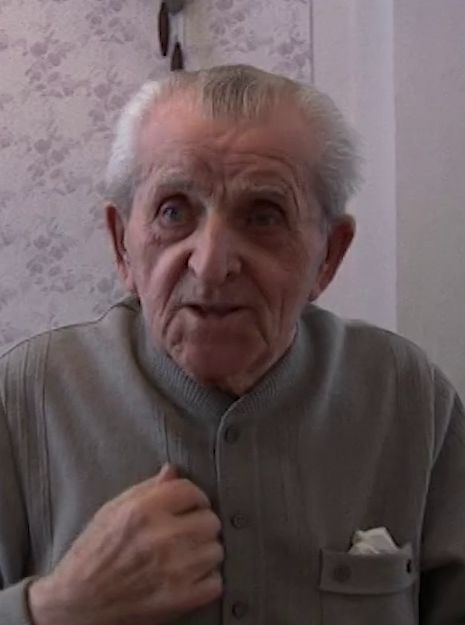At the end of 1941, we were standing 25 kilometres outside Moscow

Download image
Karel Sládek was born on 7 August 1911 in Šilhéřovice in the Hlučín region. His father Ferdinand served on the local Rothschild estate as a horseman, and that is why Karel entered the service there after finishing the municipal school. First he worked in the kitchen for four years, then as an electrician in the power station. From 1933 to 1935 he did his basic military service in the cavalry regiment 7 “T. G. Masaryk” in Hodonín. He then returned to the estate, where he worked as a servant until 1938, when the Rothschilds of Šilhéřovice had to leave Czechoslovakia because of their Jewish origin. After the annexation of Hlučín to the Third Reich in October 1938, the local inhabitants automatically became Reich nationals and Sládek had to enlist in the Wehrmacht in April 1939. He completed his training in the barracks in Koblová near Ostrava and was subsequently assigned to the 102nd Infantry Division, which took part in the campaign to Poland in September 1939 and to France in the spring of 1940. In the summer of 1940, Sladek was transferred with others to the French coast, where the invasion of Great Britain was being prepared. However, the invasion did not take place and in the spring of 1941 he was sent to Gross-Born, where the 102nd Infantry Division was being reassembled. The reconstituted unit was deployed on the Eastern Front against the Soviet Union as early as 22 June 1941. Via Orel and Stalino (now Donetsk), Sladek got as far as 25 kilometers before Moscow at the end of 1941. The blitzkrieg campaign ended in early 1942, when his division was also repulsed with heavy losses. It was then that he first suffered a severe wound; in the following years he was wounded five more times on the Eastern Front. He was treated for the last time in the infirmary in Wroclaw, where he remained for a considerable part of 1944. He lived to see the end of the war in the local fortress. As German soldiers were immediately taken prisoner by the Soviets and soon deported to prison camps in the USSR, he ended up in a prison camp near Belgorod in the coal mines in western Russia today. Sládek was released from Soviet captivity in the end of the year 1949. In Germany, he had to wait a few weeks for permission to return to Czechoslovakia, so he worked briefly in a wire factory in Berlin. At Christmas 1949, he was finally able to return to Šilhéřovice. He worked as an agricultural labourer until his retirement.






